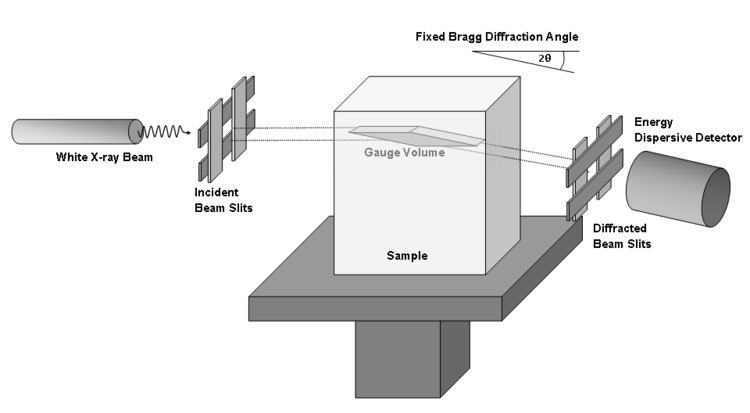 | ||
Energy-dispersive X-ray diffraction (EDXRD) is an analytical technique for characterizing materials. It differs from conventional X-ray diffraction by using polychromatic photons as the source and is usually operated at a fixed angle. With no need for a goniometer, EDXRD is able to collect full diffraction patterns very quickly. EDXRD is almost exclusively used with synchrotron radiation which allows for measurement within real engineering materials.
Contents
History
EDXRD was originally proposed independently by Buras et al. and Giessen and Gordon in 1968.
Advantages
References
Energy-dispersive X-ray diffraction Wikipedia(Text) CC BY-SA
